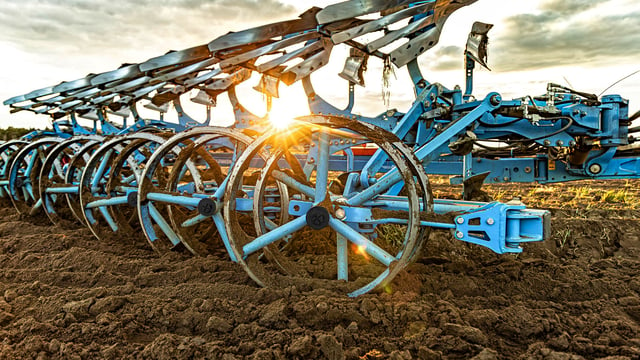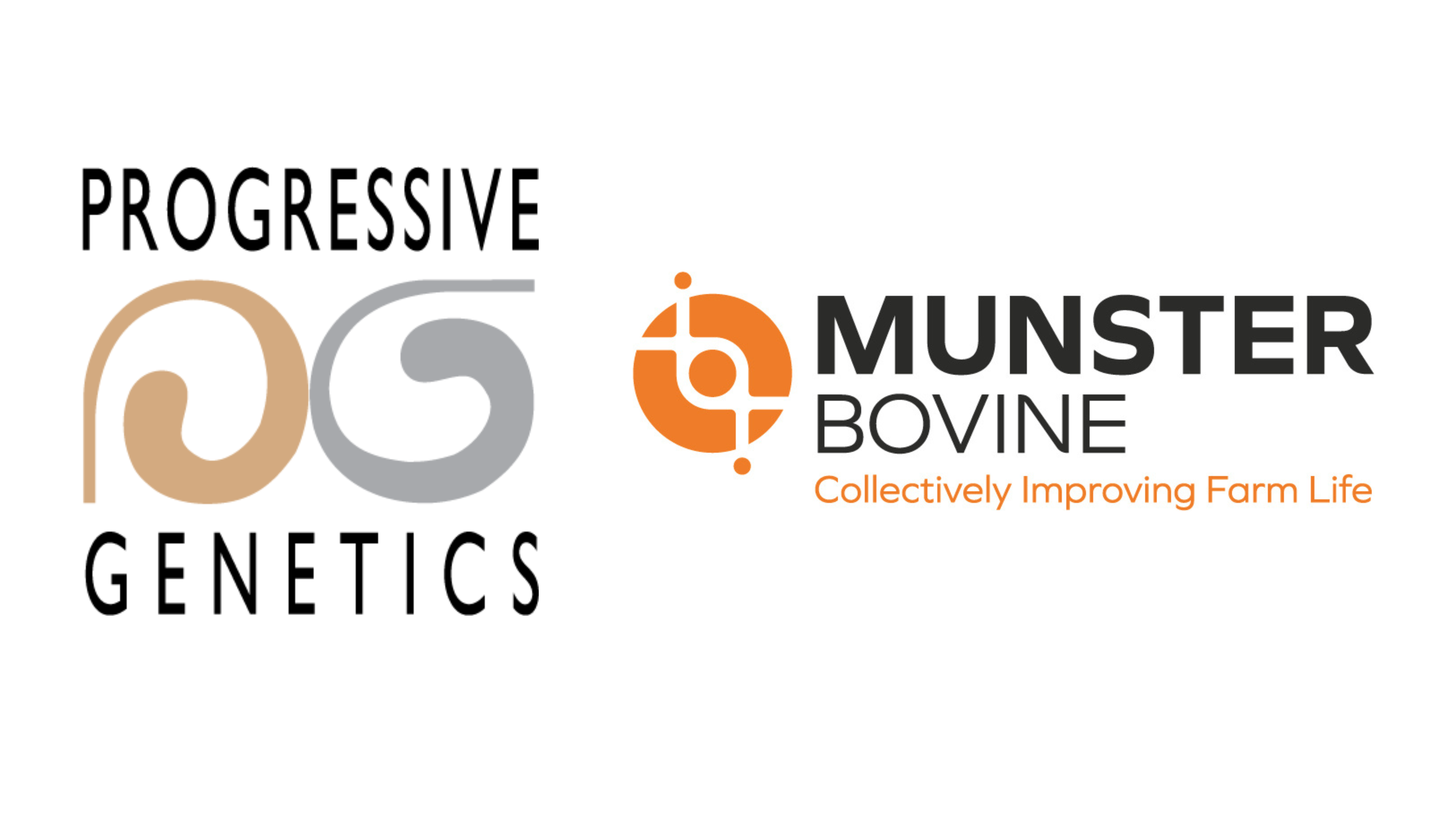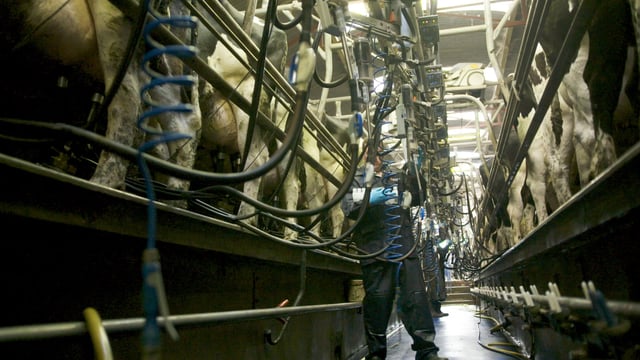Milking robots and farm succession planning in Co. Carlow
When a Co. Carlow farm family decided to introduce a dairy herd in 2022 they also made the decision to install a milking robot as part of their succession planning process for the future.
Why a milking robot? Because according to the Kidd family they did not want "to be chained to a parlour twice a day".
As a result when they got into dairying and built a new shed they also installed their first milking robot.
Four years on and a second robot has been added to milk a growing herd of 128 cows and the farm is hoping to grow to 145.
Malcolm Kidd is a fifth generation farmer and in his late twenties he returned home with a vision to add a dairy herd to the existing suckler beef and arable farm.
He works with his father Ivan and when the decision was made to introduce the dairy herd and the family started milking in 2022 they did so with one DeLaval VMS V310 robot.

"There was little doubt that we wanted a herd that grazed, and milking with a robot was the best option.
"We also wanted to avoid additional labour costs, especially when relief milking staff can command up to €70/milking.
"It would have been cheaper to install a parlour, but time and labour would have put too much stress on the farm, so a robot was the better option", he added.
All the cows were brought on to the farm as bulling heifers and according to Kidd they adjusted to the robots quickly. Two years on, the herd have reached yields of up to 9000L/cow/year, with butter fats at 4.35% and protein at 3.6%.
The farm operates a split calving system with 70% of the herd calving in spring, to utilise grazing grass, and the rest in autumn.
Kidd said that the first cows in the herd were quick to adapt to the robot because they knew no different and it took about four milkings before 95% of the herd settled in and learned the system.
The A,B,C grazing system uses a series of permission gates to move the herd between predetermined paddocks that are fenced off daily to provide sufficient forage whilst protecting the ground for regrowth.
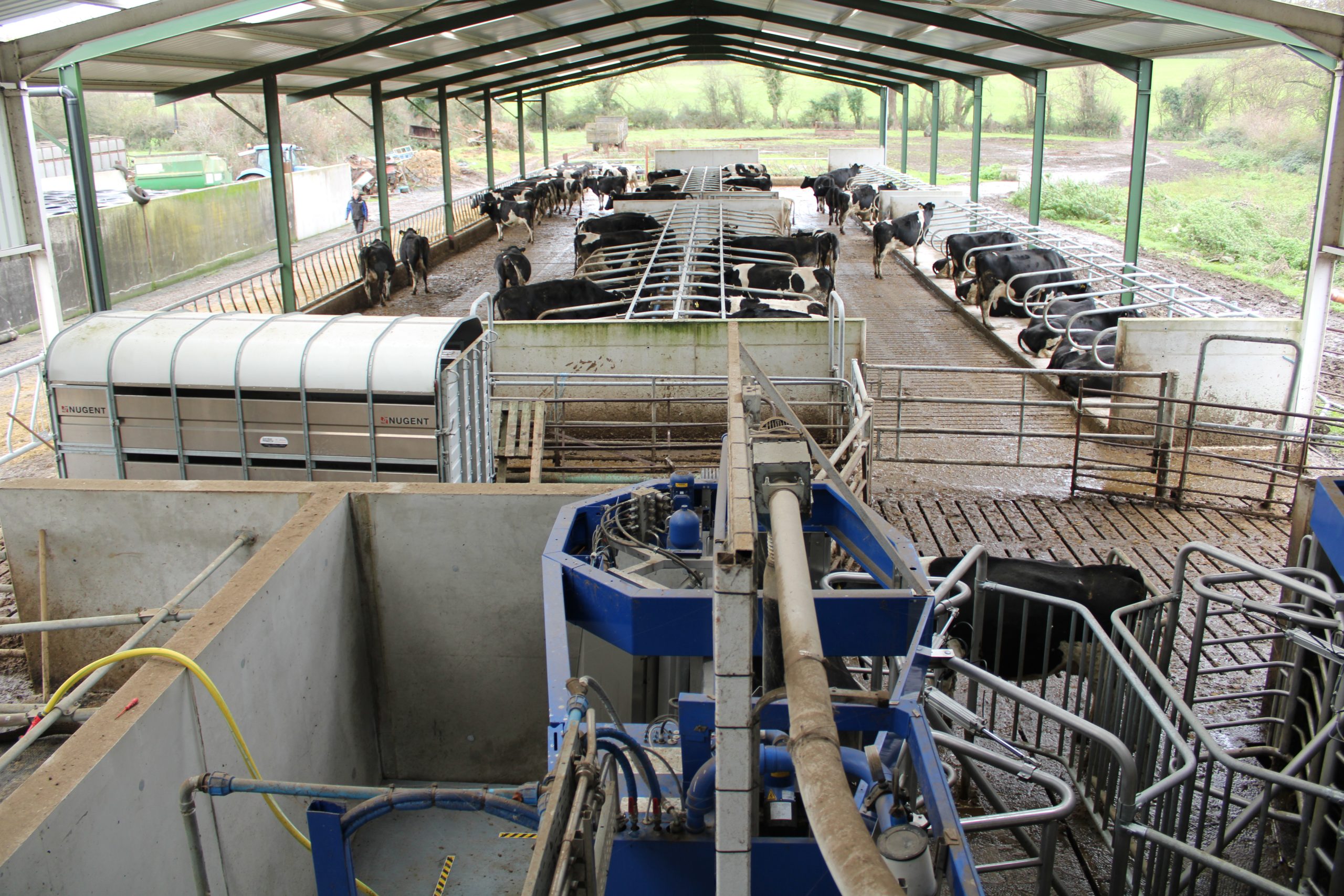
Milking permission for the cows was gradually increased from 7kg to 9kg and the herd is averaging 2.2 milkings a day.
“We fence off 1.2-1.4 acres for grazing areas A and B. C is a smaller allocation and when needed can include some buffer feeding with silage if grass is in short supply."
From 1:00am to 9:00am the cows are given access to grazing area A. From 9:00am until 5:00pm allocation is given to B and then the cows are given from 5:00pm onwards in area C.
The shed is located within a relatively short distance of grazing land, with the furthest paddock on the 110ac grazing platform being just 750 metres away.
Currently milking 128 cows, the plan is to increase to 145 cows which is comfortable for two robots and the Carlow farmer is also using the DeLaval’s DelPro system which includes a progesterone testing system called Herd Navigator, which uses milk samples to detect cows in heat.
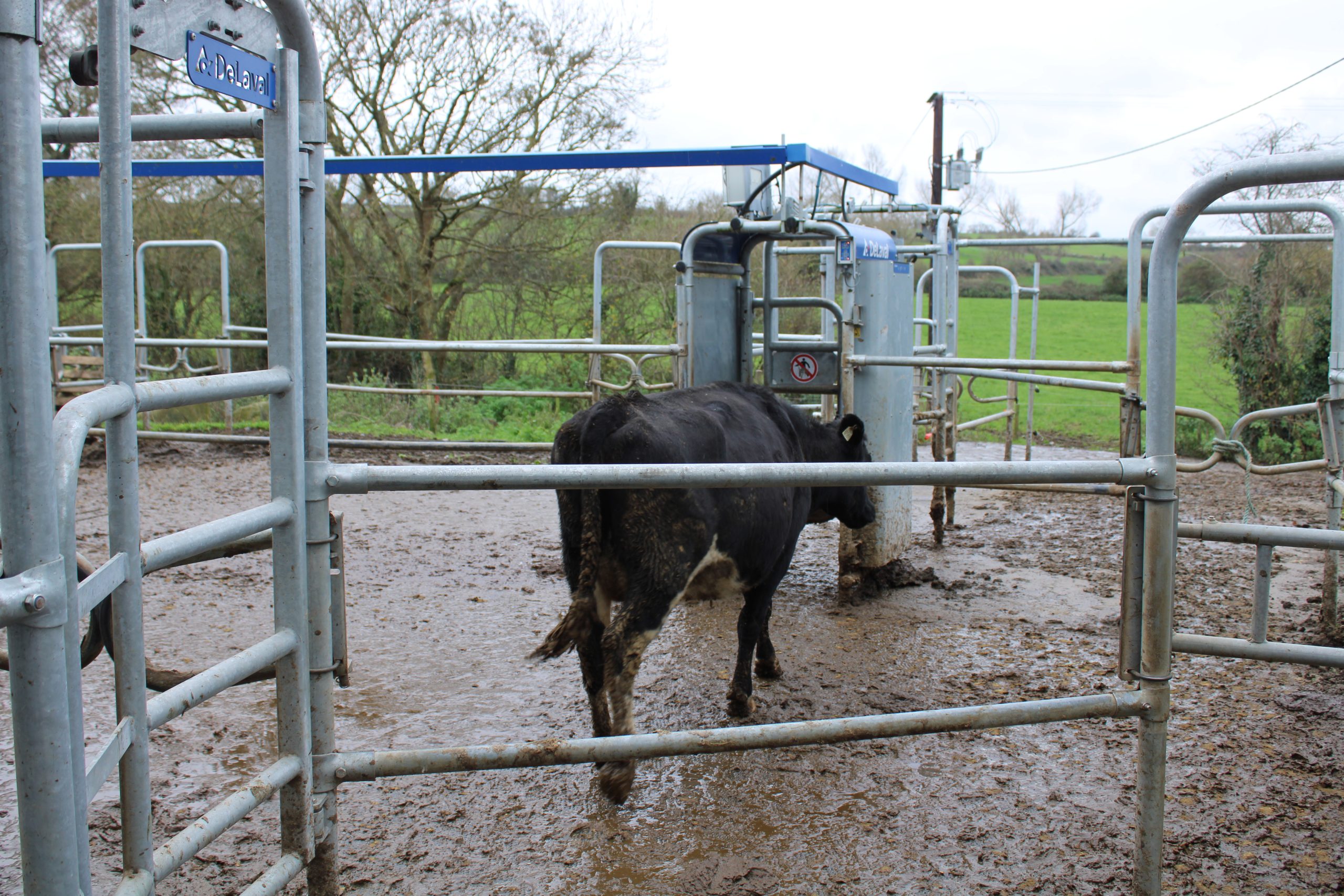
This system helps Kidd to save time on heat detection and application of tail while maximising his use of sexed semen, getting the timing of insemination 100%.
Kidd then installed Delaval Plus in 2024 which analyses herd data and compares it to global benchmarks to highlight any potential cow health concerns.
The herd has an admirable somatic cell count of just 60,000 cells/ml and he has only had one case of mastitis in 2024.
DeLaval recently launched a new VMS V300 2025 model and the development manager of western Europe, DeLaval, Hendrik Veldman believes this is "another significant step forward in milking technology."
"This new model addresses the critical needs of modern dairy farmers by enhancing productivity, animal welfare, and supporting sustainable farming practices."
He added that "farmers can use the extra capacity for more milkings per cow, more cows per station, or more idle time for a stress-free operation.
"Overall, it allows customers to milk better than ever – that's what we call milking without compromise.”



